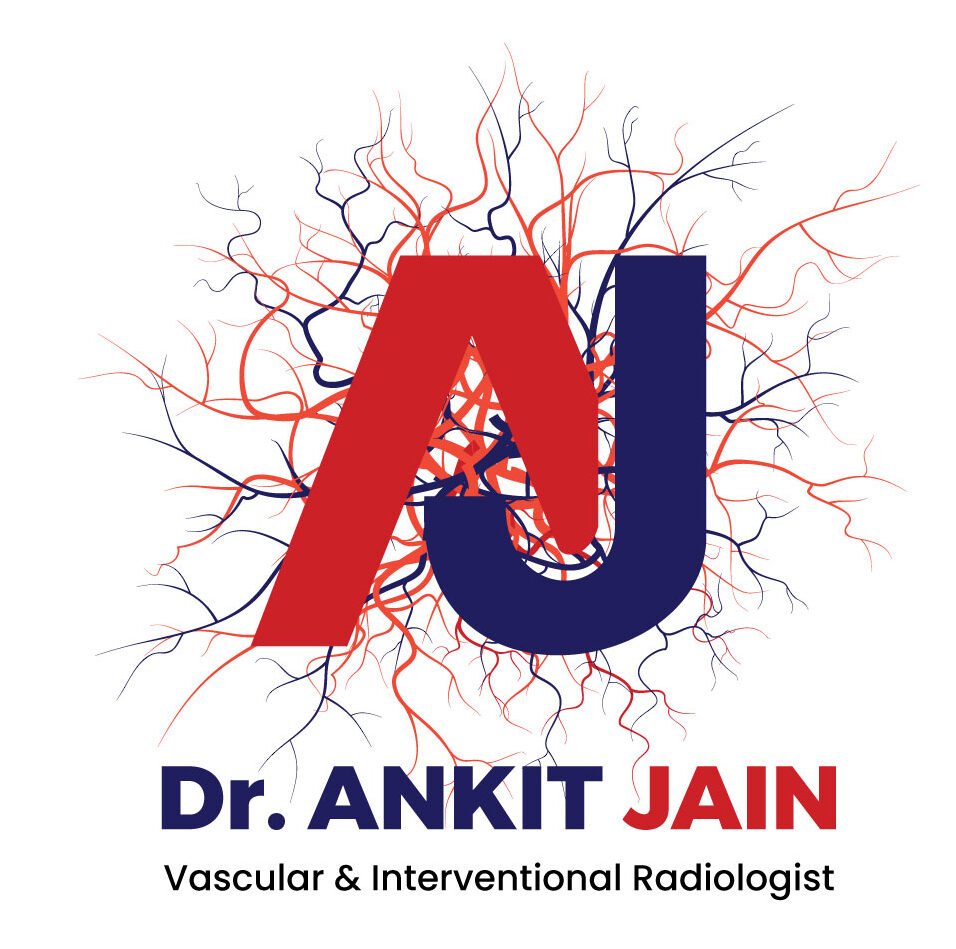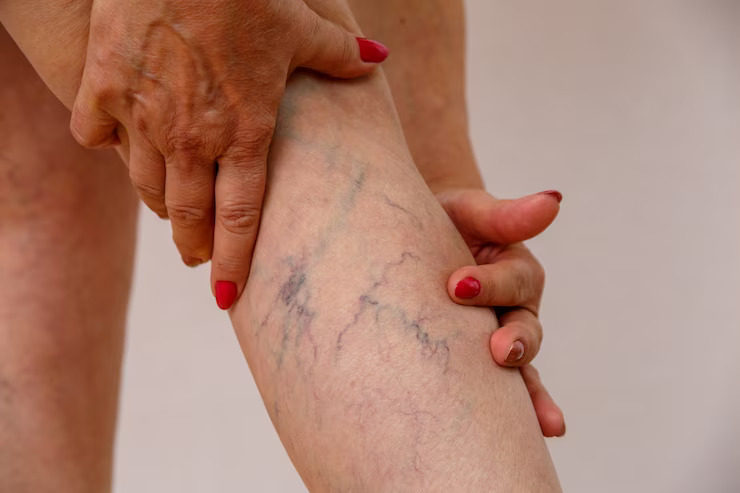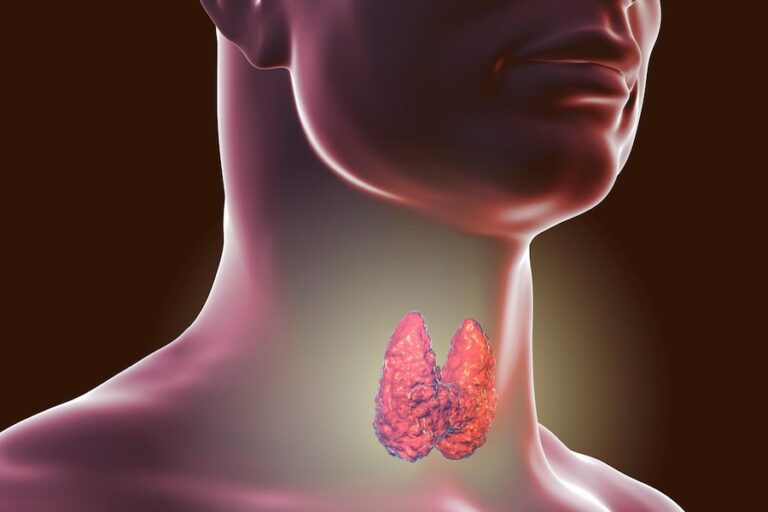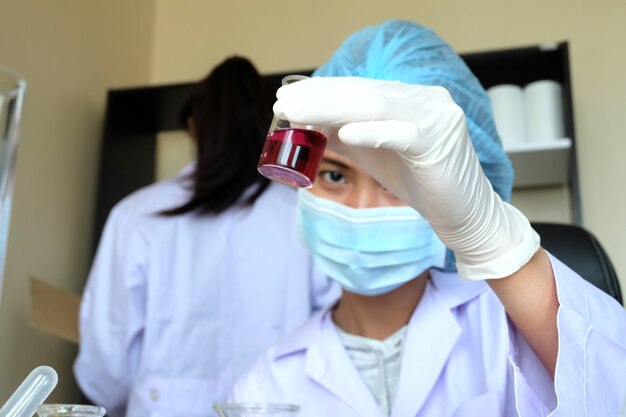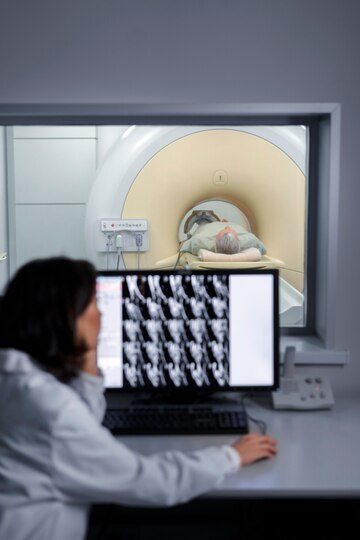Prevention Strategies For Varicose Veins: Lifestyle Modifications And Compression Therapy
Varicose veins, characterized by enlarged, twisted veins usually found in the legs, affect a significant portion of the population. While various treatment options exist, preventing the development or worsening of varicose veins is crucial for overall vascular health. This article explores effective prevention strategies, emphasizing the impact of lifestyle modifications and the role of compression therapy in maintaining healthy veins.
Understanding Varicose Veins
Before delving into prevention strategies, it’s essential to understand the factors contributing to varicose veins. Weak or damaged vein walls and valves result in inefficient blood circulation, causing blood to pool in the veins. Over time, this pooling leads to the characteristic bulging and twisting associated with varicose veins.
Prevention Strategies
1. Regular Exercise:
Engaging in regular physical activity is one of the most effective ways to promote healthy circulation and prevent varicose veins. Activities such as walking, jogging, swimming, and cycling enhance blood flow and strengthen the muscles that support vein function.
2. Maintaining a Healthy Weight:
Excess weight places additional pressure on the veins, especially those in the lower extremities. Adopting a healthy diet and lifestyle to maintain an optimal weight reduces the strain on veins, minimizing the risk of varicose veins.
3. Elevating Legs and Avoiding Prolonged Sitting or Standing:
Elevating the legs periodically throughout the day helps counteract gravitational force, facilitating blood flow back to the heart. Avoiding prolonged periods of sitting or standing is equally important, as both positions can impede circulation and contribute to vein issues.
4. Wearing Compression Stockings:
Compression therapy is a cornerstone in the prevention and management of varicose veins. Compression stockings apply gentle pressure to the legs, aiding blood circulation and preventing blood from pooling. They come in various strengths, and individuals at risk or experiencing early symptoms can benefit from their use.
5. Healthy Diet with Adequate Fiber:
A diet rich in fiber promotes good cardiovascular health. Fiber helps prevent constipation, which can contribute to the development of varicose veins by putting additional strain on the circulatory system.
6. Hydration:
Staying adequately hydrated supports overall vascular health. Proper hydration ensures that blood remains at an optimal viscosity, reducing the risk of clot formation and promoting smooth blood flow.
7. Avoiding High Heels and Tight Clothing:
High heels can impede proper blood circulation, contributing to the development of varicose veins. Additionally, wearing tight clothing, especially around the waist and legs, may restrict blood flow, so opting for looser, more comfortable attire is advisable.
8. Regular Leg Exercises:
Incorporating simple leg exercises into daily routines, such as ankle circles, toe taps, and calf raises, can help activate and strengthen the muscles that aid in blood circulation.
9. Leg Massage:
Regular leg massages, especially focusing on the calf muscles, can promote blood flow and reduce tension in the veins. This simple self-care practice contributes to overall vein health.
10. Annual Check-ups and Varicose Vein Screening:
Regular medical check-ups, including screenings for varicose veins, allow for early detection and intervention. Individuals at higher risk, such as those with a family history or a sedentary lifestyle, can benefit from proactive screenings.
Conclusion
Preventing varicose veins involves adopting a holistic approach that addresses lifestyle factors and incorporates proactive measures into daily life. By embracing regular exercise, maintaining a healthy weight, wearing compression stockings, and making mindful choices in daily activities, individuals can significantly reduce their risk of developing varicose veins or alleviate symptoms if they have already appeared. Additionally, staying informed about preventive strategies and seeking medical advice when necessary empowers individuals to take charge of their vascular health and enjoy a life free from the discomfort of varicose veins.
